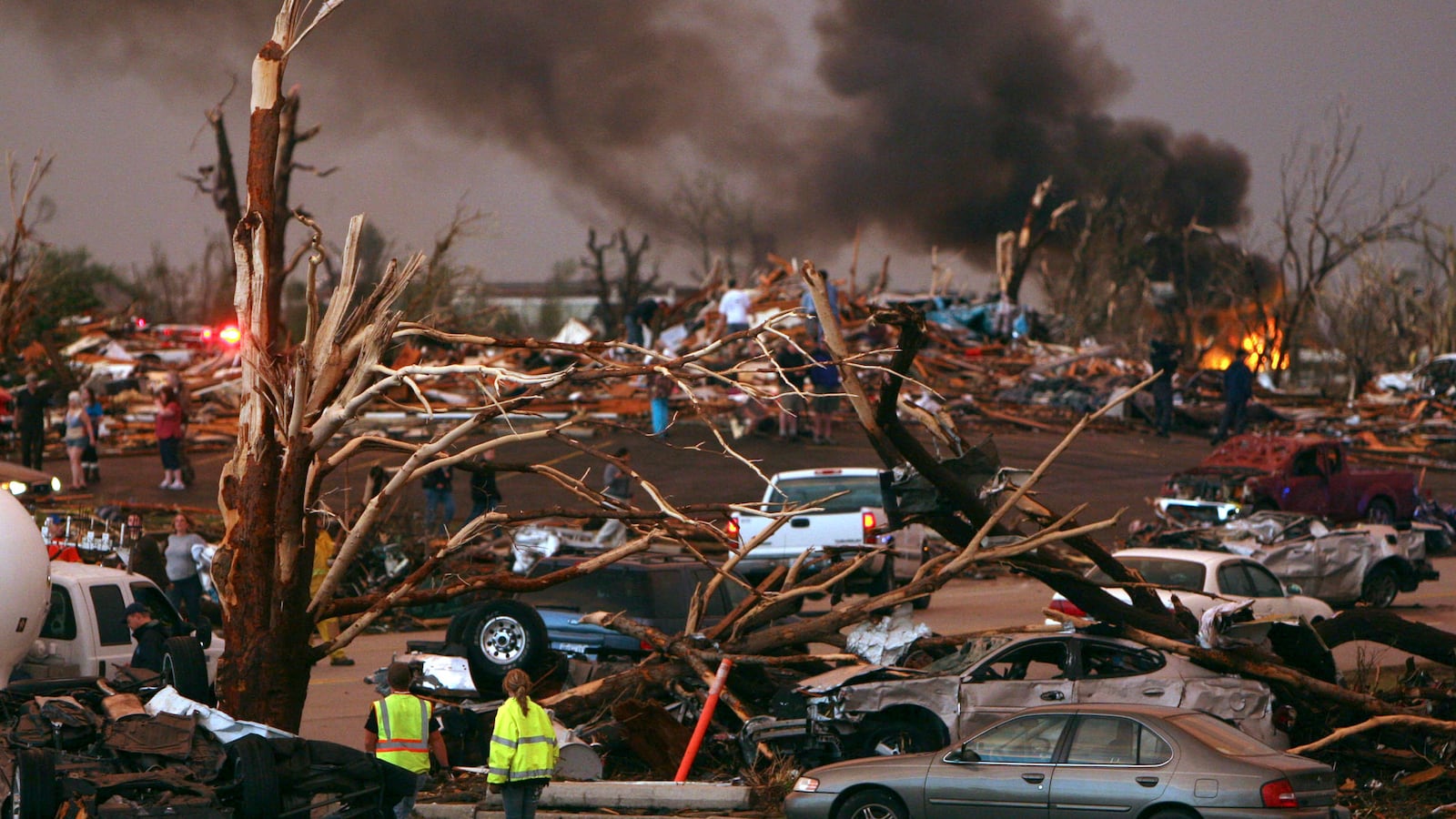What’s your big idea?
We have all heard of climate change. In fact, many people are tired of hearing about it. Despite all the talk, the most important aspect of climate change has not been made clear: how serious it will be for human beings.

The news notes facts about the physical world: the ice sheets in Antarctica are melting, seas are rising, coral reefs are jeopardized, 2012 was the hottest year ever in the United States. But we don’t live in Antarctica, a sea rise of a few feet seems like nothing to panic about, most of us have never even seen a coral reef, and 2012 did not feel like the end of the world.
To know how to respond to climate change, we have to confront how those changes will affect people. It is only if we understand how our lives and our way of life are threatened by climate change that we will demand action from our leaders.
You can measure casualties of war, but how do you measure the human cost of climate change?
There is no way to predict the precise number of people who will be harmed by climate change, but it does not take a crystal ball to appreciate that the toll will be staggering.
For example, we know that roughly half the people on the planet live in the watersheds of rivers fed by mountain glaciers. These glaciers store water during the rainy season and release it as runoff in the dry season. As glaciers continue to disappear, one out of every two people on the planet will be directly affected and many of them will suffer severe water crises. I am one such person—my home state of California relies on the Sierra snowpack (not technically a glacier but also melting away) for much of its water and will face unprecedented droughts in the coming decades. Count the human cost of melting glaciers as in the billions.
India and Pakistan will face a crisis as the glaciers that feed the Indus River shrink and disappear. Without enough water from the Indus, which flows first through India, Pakistan may be unable to exist. The Pakistani media speaks openly about the need to threaten nuclear war if that is what it takes to ensure that India allows enough water to flow into Pakistan. Many other examples of climate change making dangerous situations worse can be found. Count this as a human cost in (at least) the many millions.
Droughts will be more frequent and more severe. The Mississippi River transports 60 percent of all American grain exports. It carries enough goods in a year to fill literally millions of semi trucks. Yet last year it was almost shut down because the water level had fallen too much. Even a brief shutdown would have cost billions of dollars and thousands of jobs. A long-term shutdown would have devastating economic consequences. Multiply the impact on this one river by the countless others that will be affected.

A full list of human costs would be very long, so let me just give one more example. As salt water pushes in on fields, as rivers dry up in some places and floods ruin crops in others, the world will see a sharp reduction in agricultural production and a spike in food prices. Every one of us will have to pay more for food. The world’s poorest will simply not be able to afford food and will face widespread starvation and famine. Count this as tens or perhaps hundreds of millions killed and every human on the planet harmed.
What’s the most pressing thing we need to do?
Climate change is a complex problem, but the required solution is clear. We need to raise the price of emitting greenhouse gases. The best way to do so is through a tax on carbon (and other greenhouse gases). The right tax would ensure that people pay the full cost of the carbon they use, including the harm it causes when it goes into the atmosphere. This will encourage people to use less and will support the development and use of renewable energy.
The U.S. cannot do it alone, however, so a domestic carbon tax should be accompanied by a border tax to be paid by any imports that have not paid a comparable carbon tax in their country of origin. Beyond this, we must use the influence and international power of the U.S. to persuade others—especially China—to join us in the effort to reduce emissions and avoid at least the most serious of the costs climate change threatens to impose on us.
If America remains on the sidelines, the problem will not be solved, and the costs will be terrible.






